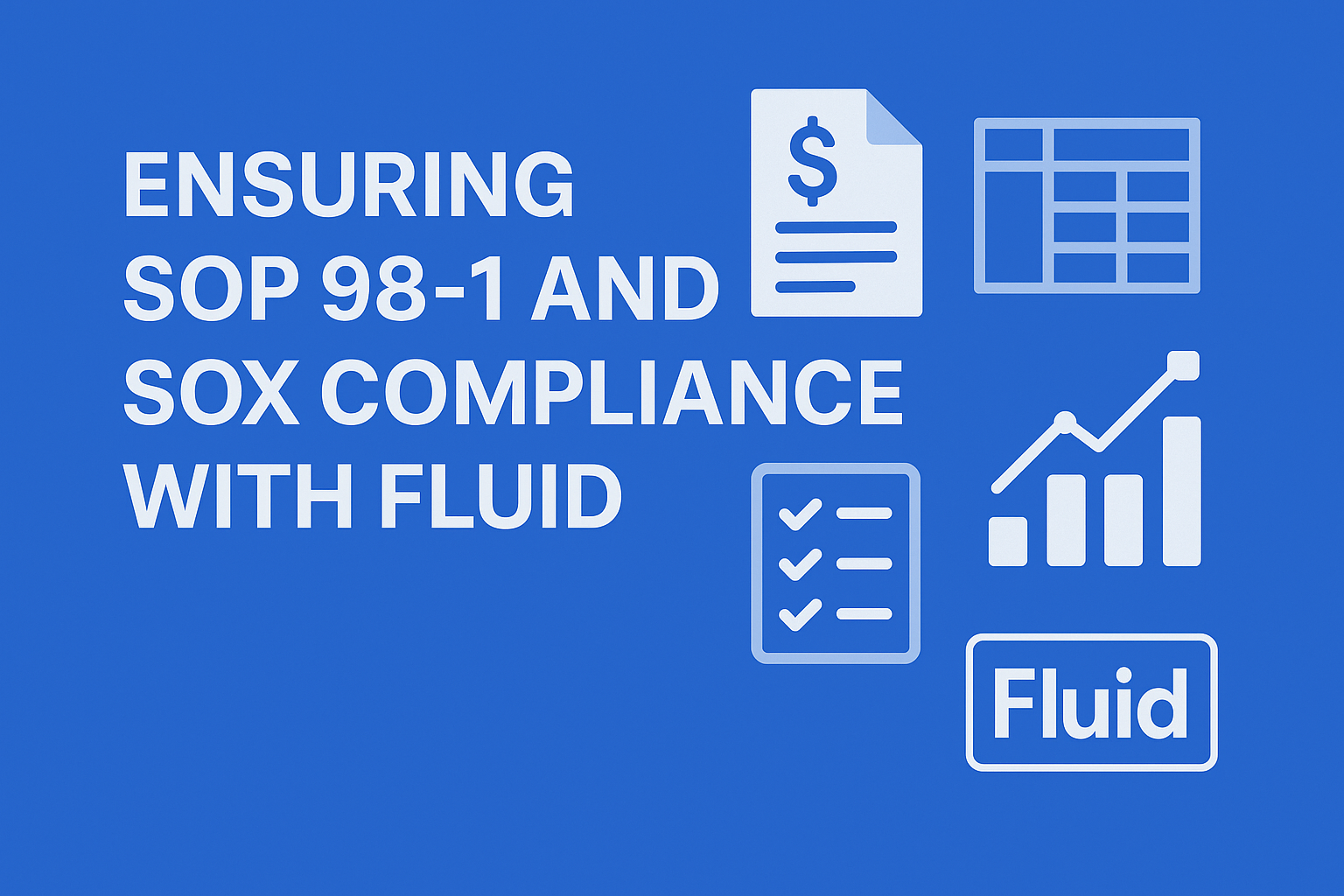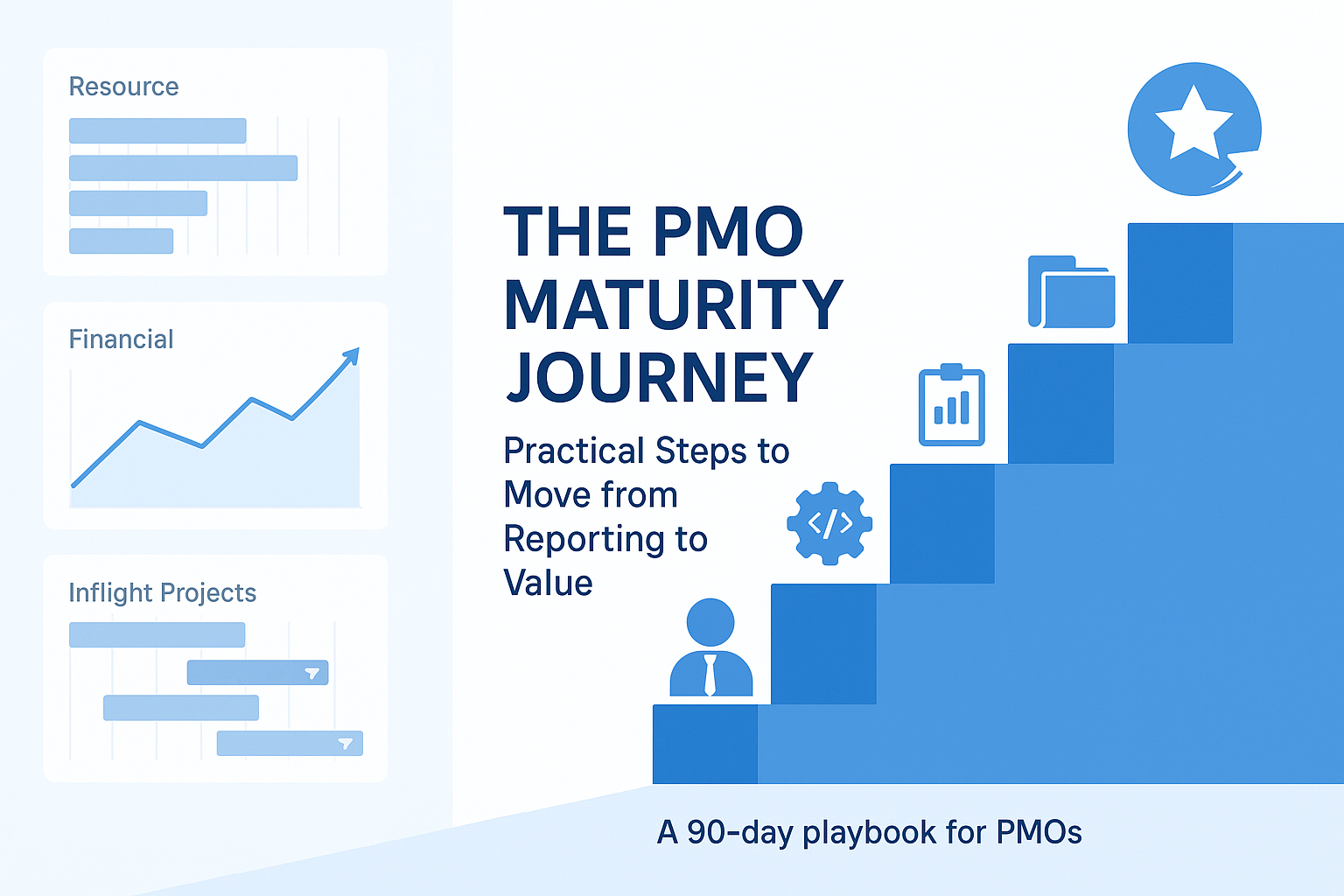Applying Triple‑Constraint Discipline to Business‑as‑Usual Work

Introduction – the invisible iceberg
For most organisations, the projects that appear on the formal portfolio register are only the visible tip of the workload iceberg. Beneath the waterline sits a vast body of business‑as‑usual (BAU) activity: enhancement requests, operational fixes, mandatory updates, small change items and “quick wins” that keep the enterprise running but rarely attract executive scrutiny.
During his recent interview, Dan Justin (CEO, Fluid) noted that operational teams can spend up to 60 per cent of their time on such BAU effort, yet it remains a “black box of effort and cost” . Without clarity on scope, schedule and cost, leaders cannot challenge low‑value work, reallocate resource or forecast capacity with any confidence.
The remedy is to apply the same triple‑constraint discipline—scope, schedule, cost—that governs capital projects. In Dan’s words, “All of your business is a project; all the things you do can be considered projects and have the same level of scrutiny” . This article sets out a practical framework, supported by Fluid’s functionality, for bringing BAU out of the shadows and under control.
Why the triple constraint belongs in BAU
The triple constraint, sometimes called the “iron triangle”, recognises that scope, schedule and cost are inter‑dependent: change one and at least one of the others will change too. In formal projects this tension is explicit and managed through stage‑gates, baselines and change control. BAU, by contrast, is usually treated as sunk cost—teams simply “get on with it”.
Ignoring the triangle creates three systemic risks:
- Unbounded scope creep – minor enhancements mushroom into major rewrites because nobody has agreed the definition of “done”.
- Chronic time overruns – “low priority” tasks stack up, delaying initiatives that do drive strategic value.
- Hidden cost leakage – head‑count and contractor spend rise, but leaders cannot trace the spend to outcomes.
Applying triple‑constraint thinking to BAU does not mean smothering every ticket with heavyweight governance. It means assigning just enough structure to enable visibility, accountability and informed decision‑making.
Re‑framing BAU items as micro‑projects
Fluid customers achieve this by treating each BAU request—no matter how small—as a micro‑project that passes through four lightweight stages:
Capture Log the request, business rationale and urgency in Fluid’s central intake board.2–3 minutes via single‑click email or Teams connector.
Triage Apply a rapid estimate for scope (story points or hours), target completion window and resource owner.15 minutes in weekly backlog refinement.
Prioritise Score the item against benefits (qualitative or £), regulatory risk, customer impact and alignment to strategic objectives. Part of PMO/Ops prioritisation workshop
Deliver & Close Execute the work, track burn‑down, record actual effort and link realised benefits. Normal team cadence.
By the time an item exits triage it has a mini charter—clear scope, expected duration, and notional cost (hours × loaded day rate). That information is enough to feed capacity planning, benefits analysis and portfolio reporting without overburdening delivery teams.
Governance tiers that scale
Not every BAU item requires the same rigour. Fluid supports governance tiers that escalate automatically when thresholds are breached:
- Tier 0 – Fast‑lane
Criteria: < 4 hours effort, no production risk.
Process: Auto‑approve, Kanban swim‑lane, no financial tracking. - Tier 1 – Standard BAU
Criteria: 4‑40 hours, low risk, up to £5 k benefit.
Process: Functional manager approval, standard risk checklist, weekly RAG status. - Tier 2 – Minor project
Criteria: 40‑160 hours, cross‑team dependency, > £5 k benefit or compliance exposure.
Process: PMO oversight, baseline schedule, monthly status report. - Tier 3 – Full project
Criteria: > 160 hours, material customer or financial impact.
Process: Complete business case, stage‑gate governance.
Because Fluid embeds these thresholds in the intake workflow, teams devote control effort only where it pays back.
Prioritisation that stands up to scrutiny
A disciplined intake process surfaces a different challenge: too much approved work and not enough capacity. Fluid addresses this via a benefit‑and‑risk scoring matrix configurable to each organisation’s value drivers (revenue uplift, cost avoidance, customer satisfaction, regulatory penalty, ESG impact, etc.). Items fall into four quadrants:
- High benefit / low risk – Quick wins; expedite.
- High benefit / high risk – Manage actively; requires senior sponsor.
- Low benefit / low risk – Candidate for batching or deferral.
- Low benefit / high risk – Challenge and potentially reject.
Because every score is stored against the micro‑project record, leaders can defend prioritisation decisions during budget reviews and audits.
Visibility & control through Fluid
Fluid’s feature set is purpose‑built to make triple‑constraint discipline painless for BAU teams:
- Unified request capture – Users raise a ticket via e‑mail, Teams, Slack or self‑service form; Fluid creates the micro‑project and routes it to the correct board automatically.
- Kanban with RAG overlays – Work items flow through Backlog → In Progress → Ready for Test → Done, coloured by schedule and cost variance. Executives see at a glance which “minor” changes are slipping.
- Effort burn vs. baseline – The platform auto‑calculates planned and actual cost for every task, feeding departmental P&L reporting without manual spreadsheets.
- Real‑time capacity heat‑map – Resource managers spot overload before it impacts committed delivery dates.
- Benefits realisation tracking – On closure, owners record the actual benefits; Fluid rolls these up to portfolios, supporting ROI conversations at quarter‑end.
With data captured once at source, teams spend less time building PowerPoint decks and more time delivering value—mirroring Dan Justin’s point that “project reporting should eliminate waste and free people to deliver” .
Results you can expect
Early adopters of this approach report quantifiable gains within a single quarter:
- 25 % improvement in resource utilisation – Clear view of who is working on what, eliminating duplicated effort.
- 30–40 % reduction in unplanned overtime – Teams negotiate trade‑offs before capacity crises occur.
- Faster time‑to‑value for strategic projects – By ring‑fencing BAU and filtering low‑value requests, high‑impact initiatives receive uninterrupted focus.
- Audit‑ready cost attribution – Finance partners trace departmental spend to tangible outcomes, strengthening the case for—or against—budget uplifts.
These outcomes arise not from additional bureaucracy but from right‑sizing governance and making performance information transparent.
Implementation roadmap – your first 90 days
Week 0‑2 – Prepare
- Map existing BAU channels (service desk, email, walk‑ups).
- Agree governance tier thresholds and scoring criteria with PMO and Ops leaders.
Week 3‑6 – Configure & pilot
- Stand‑up a Fluid workspace with BAU intake board, RAG rules and approval processes
- Run a two‑team pilot; migrate their backlog into Fluid and enforce triage discipline.
- Capture baseline metrics: outstanding effort, average cycle time, overtime hours.
Week 7‑10 – Expand
- Onboard adjacent teams; refine thresholds based on pilot feedback.
- Enable executive dashboard and schedule weekly 15‑minute review.
Week 11‑12 – Review & optimise
- Compare baseline to live metrics; publish improvements.
- Identify next automation opportunity (e.g., benefits ledger, cross‑team dependencies).
With modest change management support—a “carrot‑shaped stick”, as Dan phrases it —most organisations embed the new discipline without push‑back.
Conclusion
BAU will always consume a significant portion of organisational energy. The question is whether that energy is directed or dissipated. By applying triple‑constraint discipline—scope, schedule, cost—to routine work, PMOs and Operations leaders gain the same levers of control they already use on flagship programmes. Fluid provides the framework, automation and insight to make the process efficient and repeatable.
If you want to see how quickly your BAU backlog can be transformed into a transparent, prioritised flow of micro‑projects, book a 30‑minute Fluid demonstration today.
Stop letting the iceberg steer the ship; put the helm back in the PMO’s hands.
See how Fluid enables your business to deliver the right strategic change













